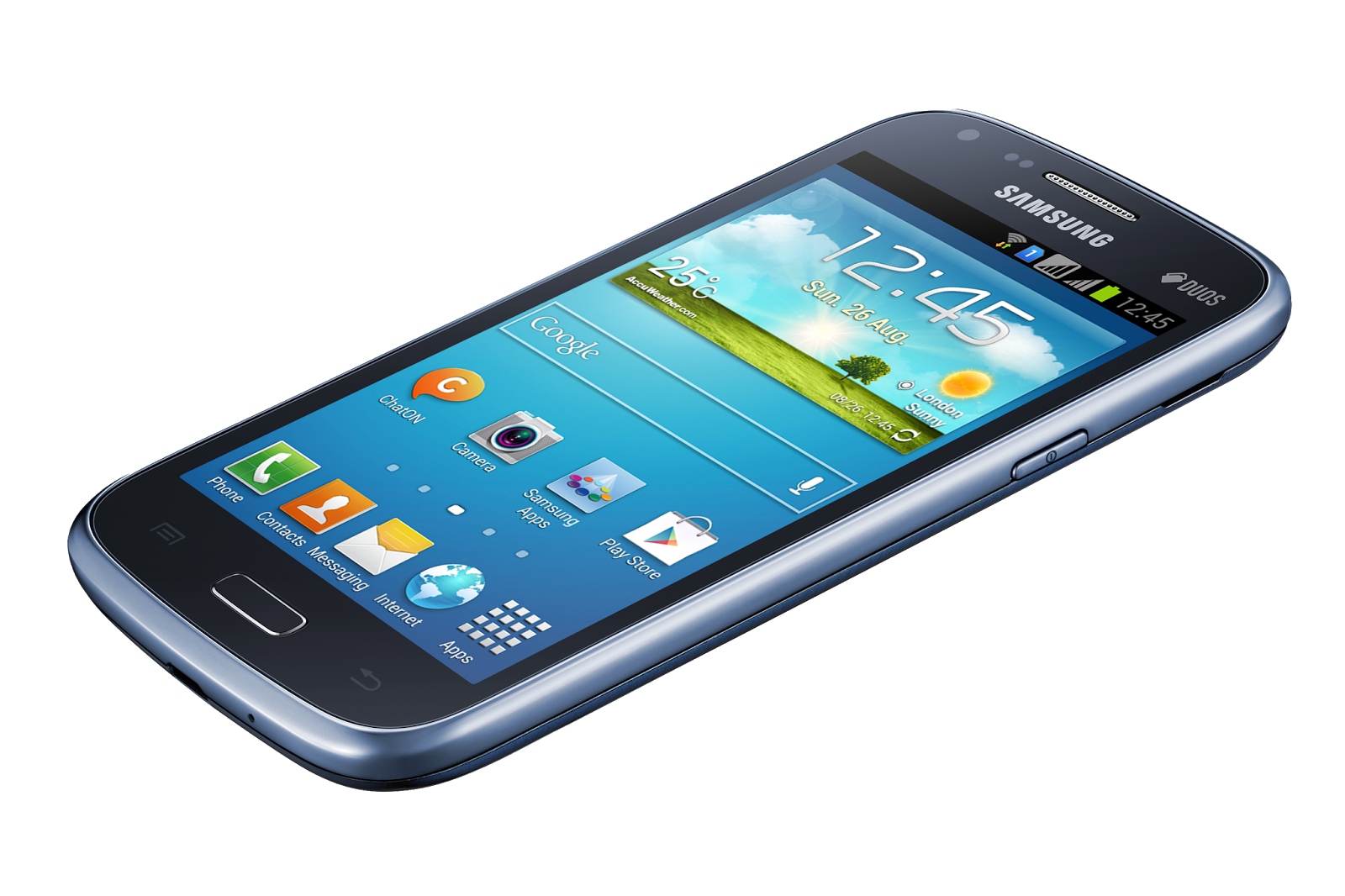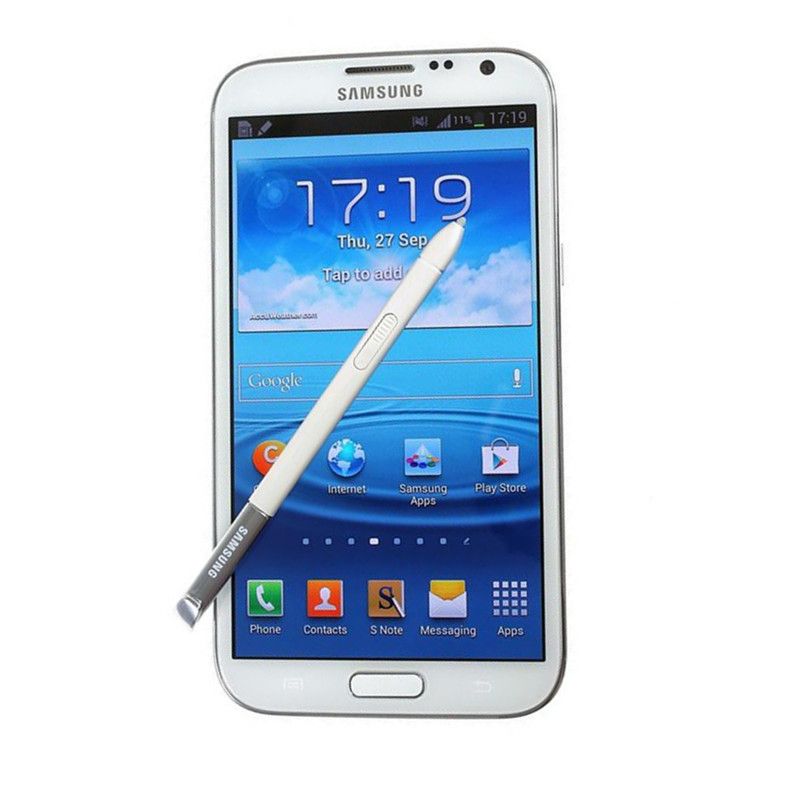
The battery menu offers the usual three power-saving presets - normal (named 'Off'), Mid and Max. It can limit the background data usage on some apps of your choosing. The latter helps you save some data if you are on a tight mobile data plan. The Device Maintenance sub-menu in settings holds all the important stuff like battery management, storage, memory, security and the ultra data saving feature. A capable in-house file manager is at your disposal too. Then there's Game launcher to keep your games in one place and in-play Game tools to disable notifications and the nav bar as well as take screenshots or record gameplay. Icon customization is also available - you can choose the default Samsung framing of the icons or go without it. In line with all other recent Galaxies, the M20 supports themes, and there's a ton of those available in the store, where you can also grab icon packs. If anything, this pre-One UI implementation of multi-window is better than the new one. The notification area itself is the same as on other Oreo Samsungs, as is the task switcher (with the optional list view). You can also bring the shade down by swiping down in an empty area of the homescreen. The fingerprint sensor can also be set to bring down the notification shade and quick toggles, which certainly comes in handy. A basic, non-IR face unlock is also an option. There's also the matter of the high placement of the sensor, which means you probably wont always get it right on the first try. Unlocking is reasonably fast but far from the best on the market.

You enroll a fingerprint in a single swipe, though we found ourselves being able to do the same finger twice by swiping on slightly different areas.

Unlike the Galaxy M10, the Samsung Galaxy M20 has a fingerprint reader on the back.
#Kingroot 4.1 on samsung galaxy core software
You can, of course, opt for the standard software buttons if you don't like the swiping. The last two can be swapped if you prefer the traditional layout with the back button/gesture on the left. Swiping from the center bar takes you back home, swiping from the bottom right acts as a back button while a swipe from the bottom left will open up the recent apps. Having said that, some of the newer One UI features like the notification icons instead of tiles on the lockscreen, and the gesture navigation have been 'ported'. It's also not One UI on top, but the older Samsung Experience with the pre-Pie iconography and menu design. All key rivals have launched on Pie, so this is certainly going to be held against the M20.

#Kingroot 4.1 on samsung galaxy core android
A bit disappointingly, the Galaxy M20 boots Android 8.1 Oreo, as opposed to 9.0 Pie.


 0 kommentar(er)
0 kommentar(er)
